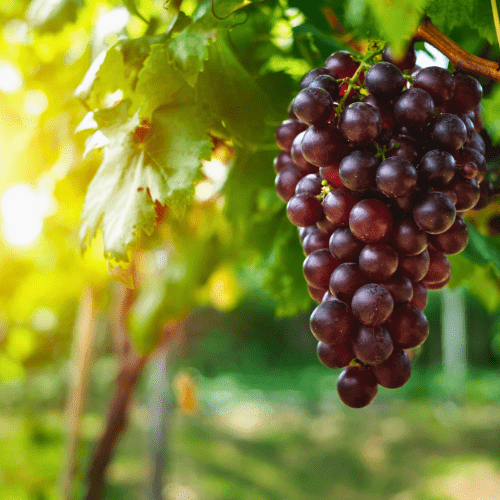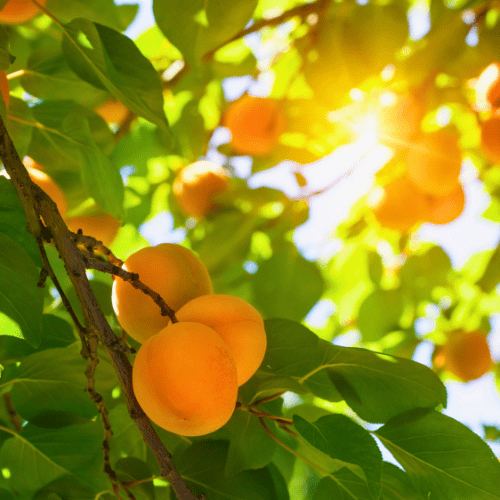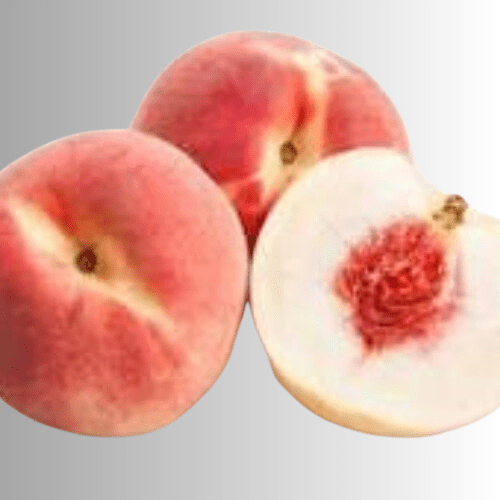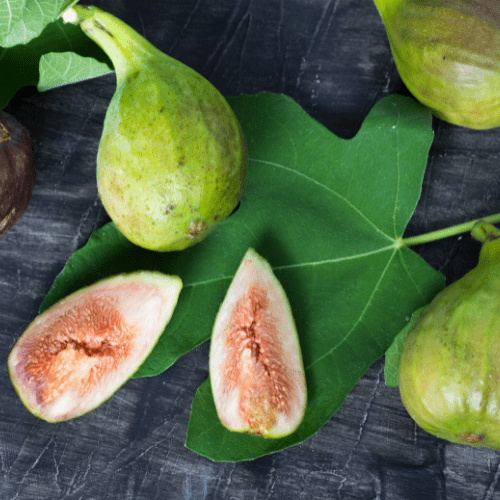Position
The vine grows well in full sun and prefers dry conditions to humidity. That’s why it does well in the sometimes intense heat of South Africa. Each vine should be planted about 1.5 metres away from other plants.
Size
Your vines will grow well on a pergola, fence, or other supporting structure. It produces large bunches of black grapes.
Soil Type
The Barlinka grape grows best in light, loamy soil with a neutral pH.Watering – These are drought-tolerant vines that thrive in hot, dry conditions. Young vines require approximately one to two centimeters of water per week until they are approximately two years old. Once they’re in their second season and their roots are well-established, they shouldn’t need additional watering unless there is an extended drought or the soil is very sandy (allowing too much water to soak away).
Mulching
Add a thick layer of pine bark mulch, keeping it about 20 to 30 centimetres away from the tree trunk (any closer may cause excess moisture and damage the trunk). This will retain the moisture in the soil and will prevent weeds from taking over.
Fertilising
Apply 1 teaspoon of our slow-release nitrogen-rich berry fertiliser every 4-5 months.
Pruning
Prune your vine in spring. Wood that is a year old (from the previous summer’s growth) can be cut back to have between three and five nodes per spur.
Pests and Diseases
Aphids, citrus psylla, red scale, citrus greening. Spraying regularly with Agricultural Neem Oil or Effective Microorganisms (EM Control) will assist in either prevention or after the fact. If you already have aphids or mites, wash the tree with a harsh hosing, and when dry, spray with Neem oil or EM Control.
Practice good garden hygiene (remove fallen fruit and leaves).
Watch for root rot (caused by overwatering) and fungal infections during wet periods.
Harvesting
The best way to know when to harvest your grapes is to taste and feel them. They are ready to harvest when they are firm but not hard and have a sweet taste. It’s best to leave the grapes for another two or three weeks after they have developed their ripe colour. This gives them time to sweeten.










